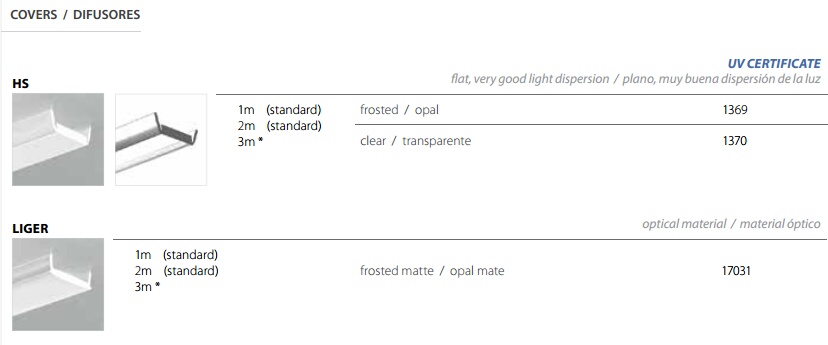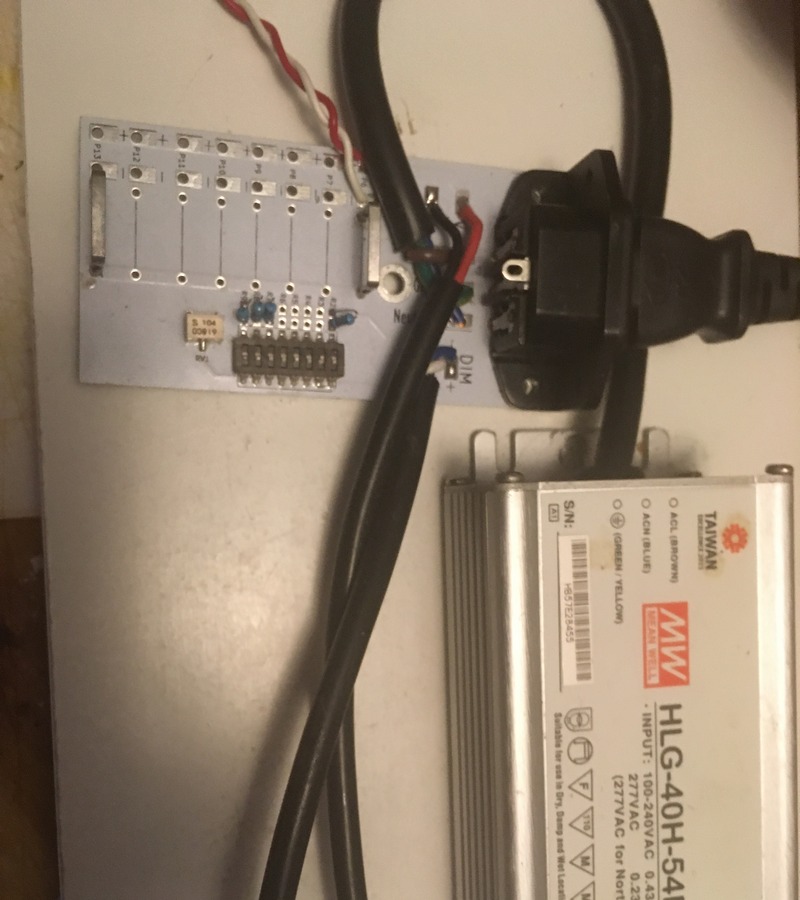Has anyone said to you that you over think things?
Do I need to put a filter on the output so my wires and strips won't
radiate, or will it be okay with the inductor and output cap? The
filter will only cost me a ferrite bead since there'll be several
paralleled ceramic caps on the output, might as well split them in two
groups and stick a ferrite bead in between.
Your Mean Well ELG should take care of conductive EMI.
You could add another inductor between the parallel caps on the input.
The ferrite bead should go between L1 and D1.
In the circuit below FB1 and CLED were added for radiative EMI.

Source: TPS92511 Datasheet
At high power when the inductor current is continuous, then PWM will
simply control the output voltage.
The Mean Well operates at continuous conduction at all currents with very low ripple.
they can be driven with 24V constant voltage, or dimmed with constant
current.
Driving a constant voltage strip with CC is not something I would do. The resistors are just wasting power.
CCT and CRI are measured at the test current. If you use a different current they will change. For this reason you should use a CV power supply.
Assuming the strip current is at optimum CRI then your inductor will change the average current.
I do not believe the MC PCB is necessary with mid-powered LEDs.
If I drive both strings on Vesta strips at 700 mA they get a little too hot. I also have some Bridelux EB Gen 2 (BXEB-L0560Z-30E2000-C-B3) strips that I can drive at 1400 mA with no heat sink.
I like what you are doing (or attempting to do). It appears the high CRI is a major priority.
I'm okay with 90 CRI and picked up a few Bridgelux Vesta Series Tunable White Linear Strips. While 98 CRI is desirable I'm not wiling to pay 4-5X for it with the VTC strips. Plus the VTC have very low lm/W. The show stopper for me with the VTC is the resistors. I would use 8 LEDs with a 24V as high efficacy mid powered LED rarely exceed 2.9V. I would use Samsung LM301B and use the A1 bin (2.8V-2.9V). I would use an adjustable CV supply (e.g. Mean Well HEP) to adjust the voltage to match the string with the highest Vf.
I do not believe that there is a 2200K LED with a CRI above 90. 2200K does not have enough red, 2200K has an orange hue. Notice in the CIE x,y chromaticity space, 2200K is very orange. How do you match an orange LED to natural sun light? Meaningless.

Source: Wikimedia Commons
CRI formulas works best for a CCT of 5000K. At below 4000K and above 6000K CRI becomes meaningless.
Source: A review of colour rendering indices and their application to commercial light sources
24V Red Strip too for extra coziness.
Your 2700K have an R9 of 90+. Adding red will alter both CCT and CRI.
Most "red" strips use LEDs with a wavelength of about 625 nm. This is orange or red/orange depending on the source.
This source from the University of Waikato. The visible spectrum says 630 nm is orange. Wikipedia says:
Red is the color at the end of the visible spectrum of light, next to
orange and opposite violet.It has a dominant wavelength of
approximately 625–740 nanometres.
My opinion is wavelengths from 645 nm to 700 nm are the RGB equivalent of RGB #FF0000 red so a 660 nm LED would be red and 625 would be orange.
Source: RGB VALUES FOR VISIBLE WAVELENGTHS, Dan Bruton Professor of Physics, Engineering and Astronomy, and Associate Dean of College of Sciences and Mathematics at Stephen F. Austin State University
Orange (aka "red") may not give you that coziness you seek. Orange may make you more alert like a cup of coffee.
Source: Photic memory for executive brain responses
Same applies to your 2200K CCT. HPS street lights are about 2200K. This document In Pursuit of Natural Lighting
: How CRI and R Values Measure
Light Quality on the subject refers to HPS as
streetlights and other outdoor lighting cast a dead orange glow at
night.
Frequency will be between 100 and 250k, not decided yet.
The no-observable-effect level flicker is fFlicker > 3 kHz.
Source: Designing to Mitigate the Effects of Flicker in lED lighting
Why? On one hand you are concerned with EMI on the other you want to generate EMI for some unnecessary reason.
Increasing the output capacitance reduces EMI and the output capacitance is what limits the switching frequency of the FET.
High frequency PWM is used to lower the inductor cost of the buck regulator. You really do not need an inductor with a CV strip.
Source: Effects of High Switching Frequency on Buck Regulators
PWM for dimming should not alter the current.
Source: OSRAM App Note, Dimming InGaN LEDs
Bottom Line
Why not make it easy on yourself and use efficient strips with no resistors (or short yours) and add an LM3409 to your circuit? Use the external parallel FET dimming shown in section 8.3.8 of the datasheet.
Or better yet just use two Mean Well ELG (or HLG) Type B and use its dimming functions.
My solution is to use two of the Bridgelux Vesta (BXEB-TL-2750G-3000-A-13) and two Mean Well HLG-40H-24B Type-B drivers (one for each wavelength) using an Atmel ATtiny417 for controlling the dimming.
I also considered using multiple LM3414HVs with a Mean Well HEP-100-54A CV supply.
Regarding the aluminum extrusions and diffusers, I could not find an extrusion for a 31 mm strip. But a little over two years ago I contacted Klus to get the transmittance on their enter link description here1369, 17031, and 17111 diffusers.
Considering the best transmittance is 30-70% for a Klus frosted polycarbonate diffuser, I decided not to use diffusers. I mount the strip to an angle bracket and bounce the light off a white surface. The reflectance of a white surface is much better than the transmittance of a polycarbonate diffuser. If needed, I could a a clear strip of polycarbonate with a 95% transmittance for protection of the LEDs.
Answer from Klus:
Please find your answers below. The HS, LIGER etc are just model
names:
(HS lightly frosted) 1369- 70%
(LIGER frosted flat) 17031-55% (helps eliminate hot spots from the diodes)
(HS milky round) 17111- 30%

Because it is difficult to find a 2700K 90 CRI and a reasonably priced extrusion that will accommodate a strip with of more than 24 mm, I had designed a 560 mm x 9 mm FR4 strip with 48 LM301B 90 CRI LEDs (1500 lm @ 65 mA - 4000 lm @ 200 mA) to fit in the low cost $15/m ($7/m extrusion + $8/m diffuser) 10 mm Klus Micro ALU B5390ANODA but still use it with just an 1" aluminum angle bracket ($4/m). The angle blocks the LED from direct line of sight and works well as a heatsink.
This strip has 256 dim levels selectable with an 8 position dip switch plus a potentiometer to fine tune to any dim level if necessary. Uses the dim wires on the HLG driver.

9 mm strip mounted to angle bracket

This one 560 mm x 9 mm strip is more than sufficient to read small print anywhere in a 12' x 20' room.

At 1500 lm, this 2700K 90 CRI strip has a typical efficacy of 190 lm/W (33 lm, 2.65 Vf x 65 mA).
Your strip has an efficacy of 58 lm/W (500 lm / 8.6 W).
The Bridgelux Vesta 2700K 90 CRI has an efficacy of 129 lm/W.
The Bridgelux EB Gen2 3000K 80 CRI strips have an efficacy of 175 lm/W.
I have used Luxeon Fresh Focus and CrispColor LEDs on this strip. The Fresh Focus has some very "warm" LEDs. The Fresh Focus Red Meat nearly identical to the 1750K 80 CRI Bridgelux Décor Food Meat & Deli. The Fresh Focus Marbled Meat's spectrum has deeper red than the Red Meat.
Color comparison of reflection off bright white paper.

Spectrum in Radiometric Watts (Citi is the 2700K 97 CRI)

Red Meat in Photometric Lumens or Lux

Citi 2700K 97 CRI in Photometric Lumens or Lux

Sunlight on a cloudy day measured with the same StelarNet Blue Wave spectrometer as used for measuring the LED spectrum above. Captured before I wrote the color app used to create the above.
The Y axis is quantum counts (number of photons). This is close to radiometric watts.

This is sunlight in photometric

Source Ultraviolet Photography Forum
Red Meat reflected off white ceiling

















